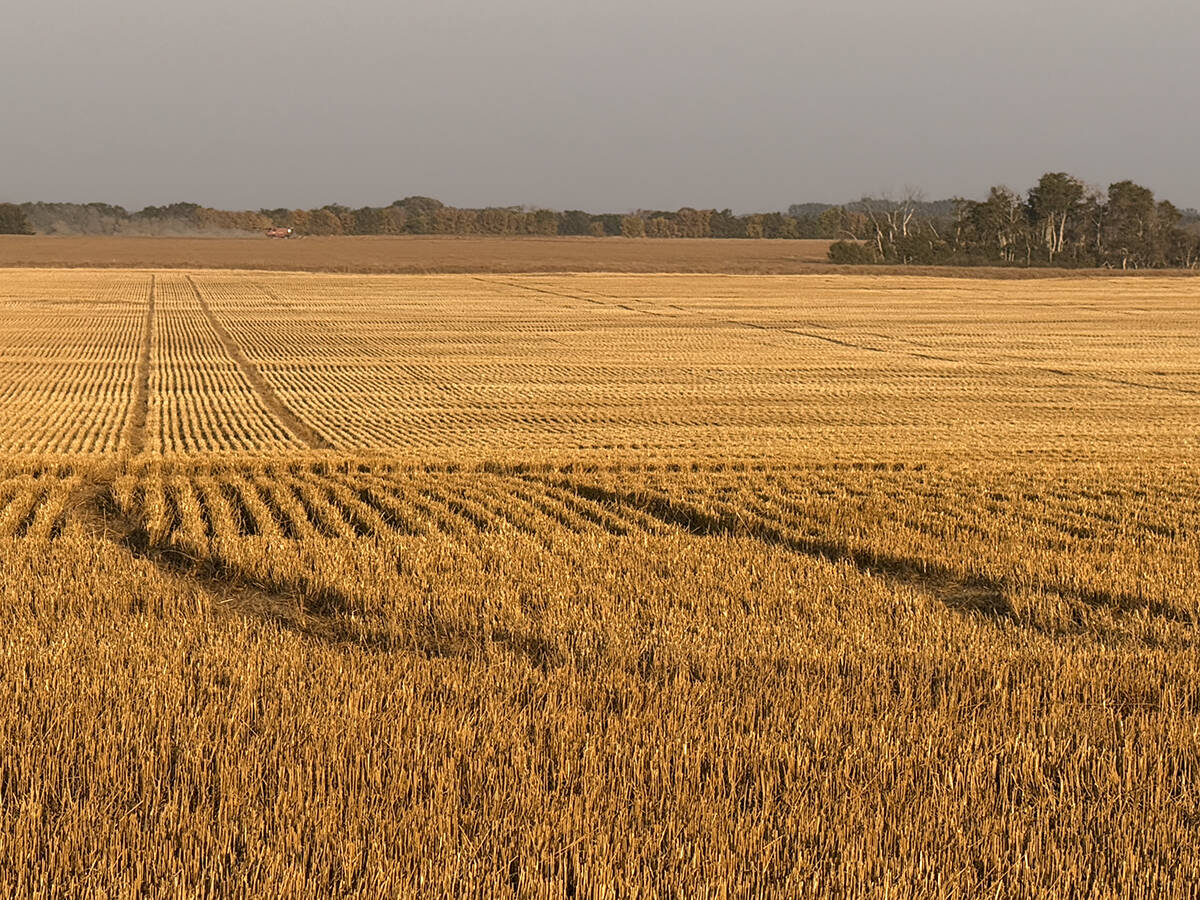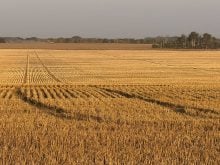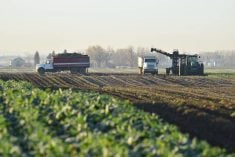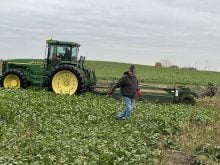Four more cases of chronic wasting disease have been found after officials shot more than 800 deer in southeastern Alberta as part of a surveillance program for the disease.
In January and February, Alberta’s sustainable resource development staff shot 837 deer near Empress and Acadia Valley where four other deer were found with chronic wasting disease last fall.
Dave Ealey, the department’s communication official, said the discovery of only four deer with CWD out of more than 800 killed is good news and shows that the disease has not become established in the province’s wild deer.
Read Also

Final crop reports show strong yields, quality
Crops yielded above average across the Prairies this year, and quality is generally average to above-average.
“That’s a good indication we’re catching it at an early stage here,” said Ealey.
There are eight confirmed cases of CWD in Alberta’s wild deer population. There have been more than 100 cases in wild deer in Saskatchewan.
“You got to look at reality, the disease is there in the Saskatchewan wild. Our objective is to keep it from spreading. They might have quite a task on their hands to get that under control,” said Ealey.
“We don’t want to see it become established in Alberta. The fact that it’s here doesn’t mean it’s fully established. We’re putting a lot of attention in the border area.”
Chronic wasting disease affects the nervous system and causes animals to slowly waste away. There are many unanswered questions about the disease, but scientists know it is spread by contact with infected animals.
Ealey said Alberta staff will do more surveillance and culling of deer in the area to ensure the disease doesn’t become established.
As part of the province’s surveillance program they will concentrate on culling animals along the Red Deer River valley and the South Saskatchewan River valley, which are natural travel corridors for the deer between the two provinces.
Beginning Feb. 24, staff will also cull more deer near Chauvin, another high-risk area, where a deer that tested positive for the disease was discovered last year.
After the deer are shot, the heads of the animals are sent to the provincial laboratory in Edmonton for testing. The four cases were confirmed by the Canadian Food Inspection Agency.














